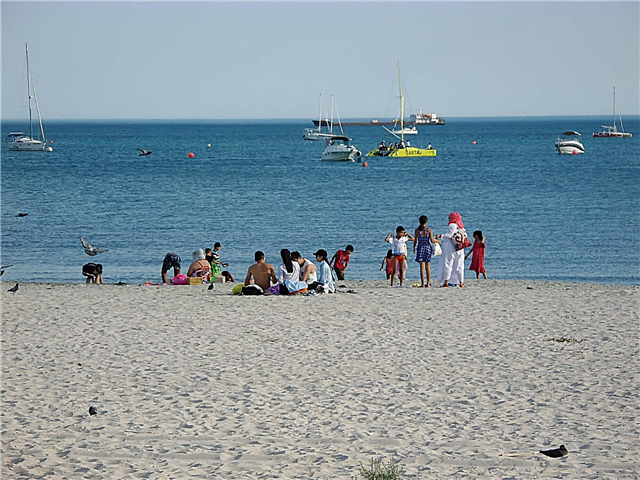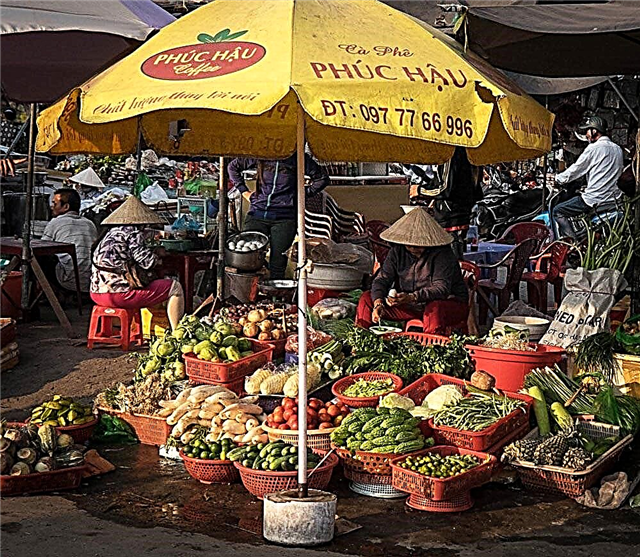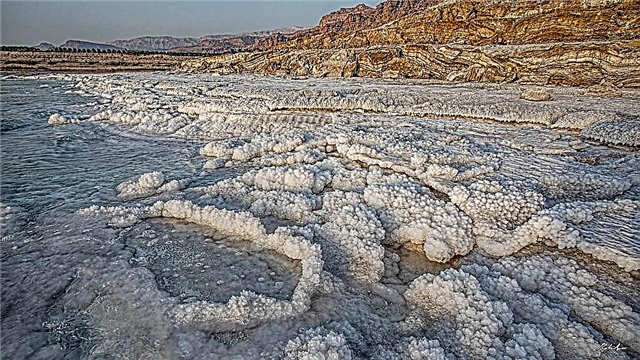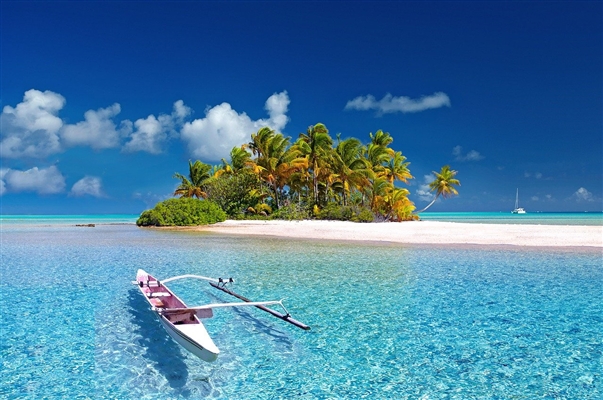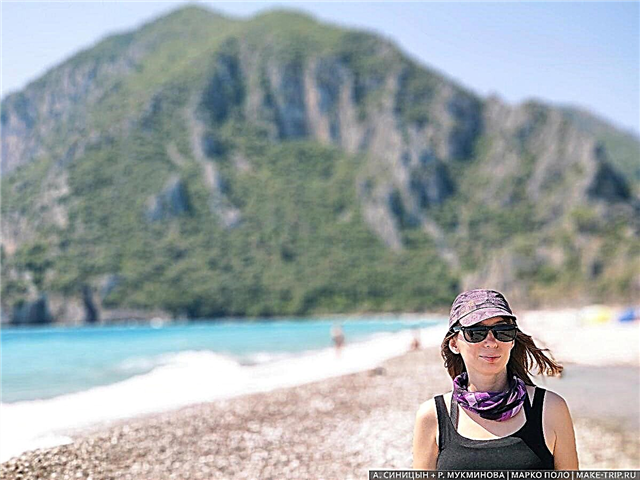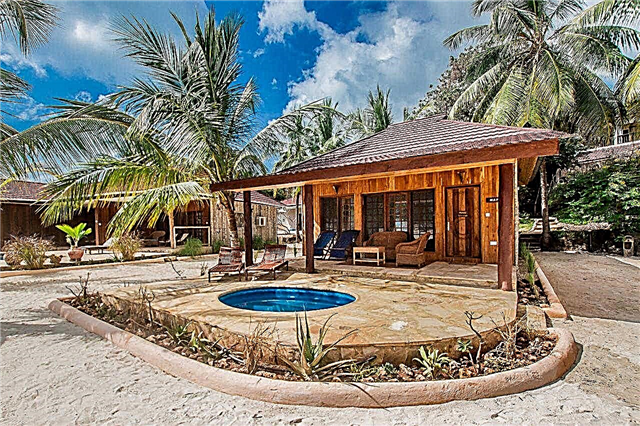The Republic of Karelia in the north of Russia is attractive for tourists with archeological, historical and cultural monuments, pristine nature and low population density. There are 13 cities and about 800 settlements and villages in the republic. The population of Karelia is 618 thousand people. About 80% are urban residents. One third of them live in the capital - Petrozavodsk.
Also large cities and tourist centers include Kostomuksha, Kondopoga, Olonets, Sortavala. Some of them trace their history back to the Middle Ages, and cities such as Sortavala, Kem, Olonets, Petrozavodsk have the status of historical Russian cities. A well-known tourist route connecting Russia, Finland, Sweden and Norway passes through several settlements of Karelia. It's called the Blue Road.
The largest cities in Karelia
List of the largest cities in terms of population in the region.
Petrozavodsk
By order of Peter the Great, it was founded in 1703. The capital and the only large city in Karelia. Located on Lake Onega. It has access to 5 seas thanks to a system of canals and rivers. There are many lakes and springs within the city limits. Onega embankment with a park of modern sculptures, Kamenny Bor, the Cathedrals of the Exaltation of the Cross and Alexander Nevsky are attractive for tourists. Awarded the status of a city of military glory and a historic city.
Population - 280 711 people (2020).

Kondopoga
It is located 46 km from Petrozavodsk, on Lake Onega. It was first mentioned in 1495. In the 18th century, deposits of marble and ore were discovered. A hydroelectric power station was built in 1929. City status was granted in 1938. In 2001 the Ice Palace was opened - the only one in Karelia. In the vicinity there is the Kivach waterfall and the Marcial Waters resort. The city's attractions include two carillons, bells 18 and 23.
Population - 30 thousand people.

Kostomuksha
The city is 30 km from the Russian-Finnish border. The history dates back to the 70s of the last century, when the development of a new ore deposit and the construction of a GOK began. In the status of a city - since 1983. The main attractions are the Kostomuksha Nature Reserve, the Kalevalsky National Park, ethnic villages famous for the art of rune singing. Festivals of chamber and rock music, author's songs are held annually in the city.
Population - 29 thousand people.

Segezha
A city on the river of the same name, near Vygozero. The name translates as "light, clean". It was founded in 1914 as a small railway station on the Murmansk road. In 1943 it was awarded the status of a city. Since the 1930s, a plant producing paper containers has been operating in Segezha - a city-forming enterprise. Tourists are attracted by the waterfall "Voitskiy padun", an archeological monument - the village of Nadvoitsy, the Museum Center.
Population - 26 thousand people.

Sortavala
It was founded by the Swedes in 1632, although the settlement of the Karelians existed on this place as far back as the XII century. Until 1918 - Serdobol. Until 1940 - part of Finland. Located on Lake Ladoga. The only city in Karelia with preserved ancient buildings. In the list of historic cities. Of interest are the Ladoga Museum, the modern gallery of Kronid Gogolev, a woodcarver, and the Ruskeala Natural Park. The island of Valaam is 40 km away.
Population - 18 thousand people.

Medvezhyegorsk
A city on the coast of Lake Onega. It was created in 1916 as a settlement at the railway under construction. Until 1938 it was called Bear Mountain. The railway station is still called that way. In the 1930s, it housed the construction management of the White Sea Canal, and 3 prison camps were created. The Sandarmokh tract is 15 km away - the former place of execution of prisoners. The region is famous for shungite deposits.
Population - 14 thousand people.

Kem
The name translates as "Big River". It was founded in the XIV century. It received the status of a city in 1785. Located on the Kem River. It is attractive for tourists by the Kemsky Skerries - a group of rocky sea islands. Among the valuable architectural monuments are the Assumption Cathedral, erected 3 centuries ago from wood, and the Annunciation Cathedral from the beginning of the last century. The Pomorie Museum has been opened in the building of the former Treasury.
Population - 11 thousand people.

Pitkyaranta
Until 1940, it was part of Finland. In the same year it was awarded the status of a city. The name translates as "Long Coast". Founded in the 15th century. It developed rapidly in the 19th century after the discovery of ore deposits. It is famous for the beauty of the Ladoga skerries, the Uksinskaya ozovaya ridge, the Yukankoski waterfall - the highest in Karelia. Fragments of the Mannerheim line and the local history museum are of interest.
Population - 10 thousand people.

Belomorsk
It is located on the White Sea coast, at the mouth of the Vyg River. The first mentions are in 1419. In 1938 it was awarded the status of a city. Large railway junction and seaport. Part of the White Sea-Baltic Canal. Water tourism is popular along the Shuya, Okhta, and Suma rivers. The main attraction is the Neolithic petroglyphs. There are many monuments and memorials of the Soviet period in the city. The Solovetsky Islands are located nearby.
Population - 9600 people.

Suojärvi
It was founded in the 16th century. Located on the coast of the lake of the same name. The name translated from Finnish means "Swamp Lake". Until 1940 it was part of Finland. Railway junction. In the vicinity there is the Talvojärvi nature reserve with an extensive network of lakes and bogs. Historic sites include the building of the railway station at Kaipa station and the building of the House of Creativity built in the 1920s.
Population - 8900 people.


